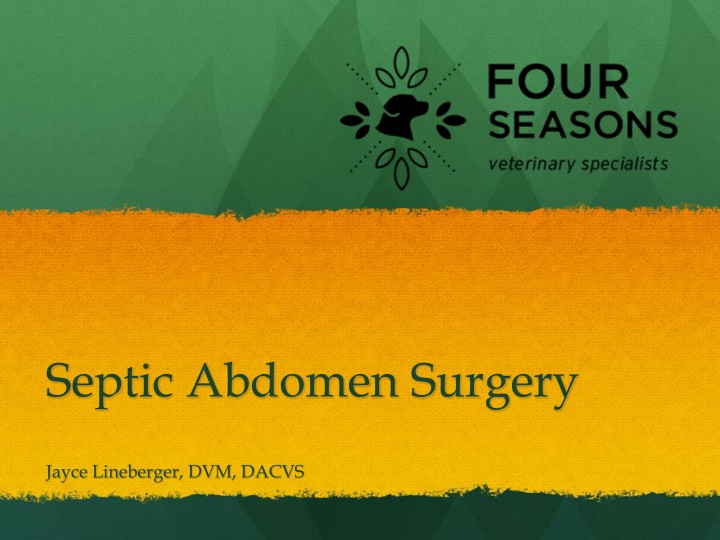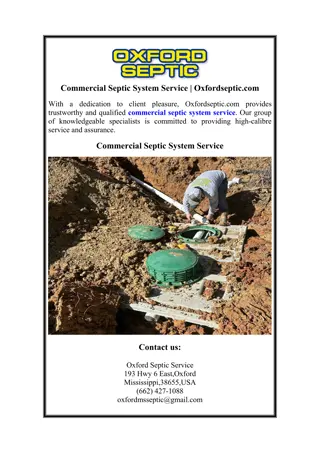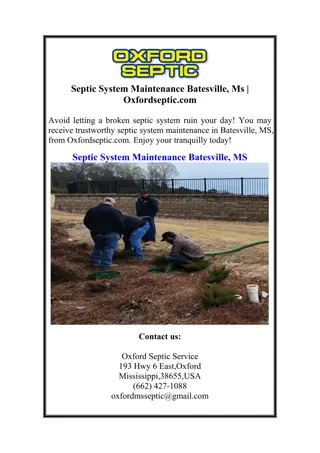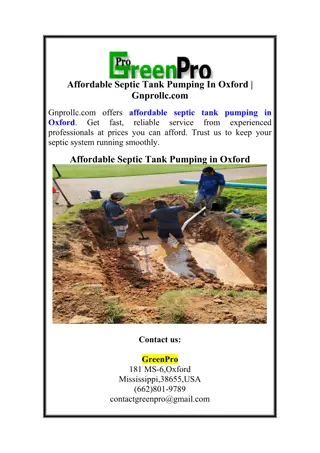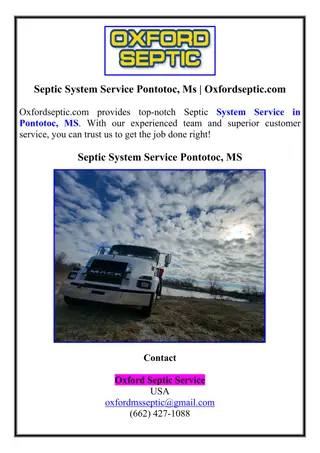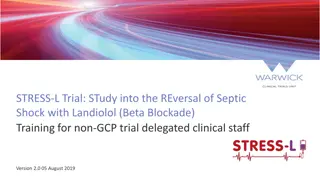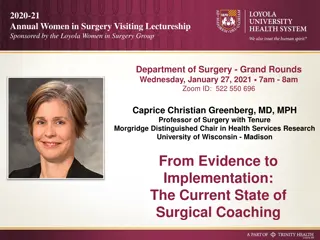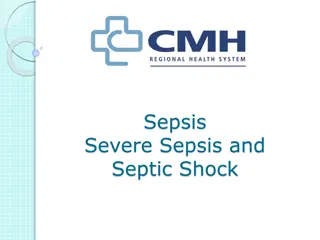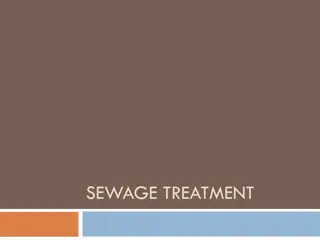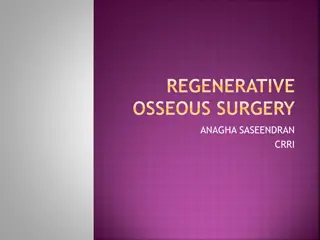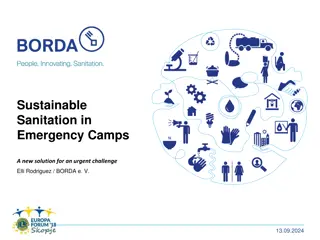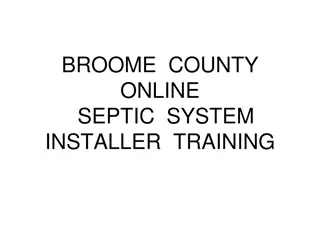Septic Abdomen Surgery Guide
In this comprehensive guide by Jayce Lineberger, DVM, DACVS, learn about the common causes, surgical techniques, goals, and approaches for managing septic abdomen cases in veterinary surgery. Explore images and detailed explanations covering gastrointestinal tract issues, surgical drains, wound dehiscence, and more.
Download Presentation

Please find below an Image/Link to download the presentation.
The content on the website is provided AS IS for your information and personal use only. It may not be sold, licensed, or shared on other websites without obtaining consent from the author.If you encounter any issues during the download, it is possible that the publisher has removed the file from their server.
You are allowed to download the files provided on this website for personal or commercial use, subject to the condition that they are used lawfully. All files are the property of their respective owners.
The content on the website is provided AS IS for your information and personal use only. It may not be sold, licensed, or shared on other websites without obtaining consent from the author.
E N D
Presentation Transcript
Septic Abdomen Surgery Jayce Lineberger, DVM, DACVS
Surgery Outline Common causes Goals Surgical approach Surgical techniques Drains Post-op
Common Causes Gastrointestinal tract
Common Causes Gastrointestinal tract Penetrating wounds Migrating foreign bodies Hepatic abscess Pancreatic abscess Genitourinary tract
Goals Eliminate the source Repair damage Reduce bacterial load Consider nutritional support To drain or not to drain
Surgical Approach Ventral midline celiotomy Directly over wounds
Surgical Techniques Halsted s principles Gentle tissue handling Adequate hemostasis Preservation of blood supply Strict asepsis No tension Close approximation of tissues Obliteration of dead space *Don t leave extra stuff behind
Surgical Techniques Systematic evaluation of all intra-abdominal structures The source is usually at the site of the most adhesions Lavage Drain(s) vs. open peritoneal drainage +/- Feeding tube
Drains Jackson-Pratt Sump Penrose
Jackson-Pratt Abdominal Drain Multiple fenestrations 7-10 mm
Jackson-Pratt Abdominal Drain Multiple fenestrations 7-10 mm 100 or 400 ml reservoir
Jackson-Pratt Abdominal Drain Multiple fenestrations 7-10 mm 100 or 400 ml reservoir Do not require 2nd surgery
Drains Jackson-Pratt Sump (double lumen, air in & fluid out) Penrose
Open Peritoneal Drainage Requires more intensive care Risk of ascending bacterial infection Requires second anesthetic/surgical episode
Post-op Intensive care Intensive treatment Intensive monitoring
